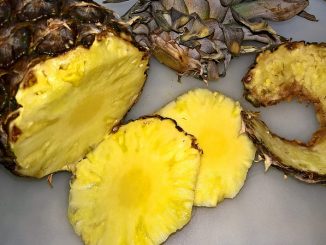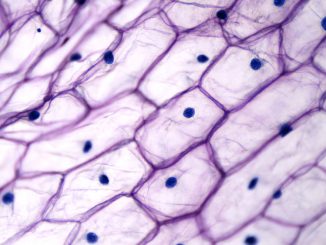
What is a transgenic animal?
Transgenic animals represent a significant advancement in biotechnology, allowing researchers to introduce foreign genetic material into the genomes of animals, thereby altering their genetic makeup […]

Transgenic animals represent a significant advancement in biotechnology, allowing researchers to introduce foreign genetic material into the genomes of animals, thereby altering their genetic makeup […]

Fats are an important nutritional source of energy as well as molecules for cell membranes and other organelles in cells. Fat metabolism as opposed to […]

Introduction Patient-derived explant cultures represent a revolutionary approach in translational research, offering a unique bridge between laboratory investigations and clinical applications. This article explores the […]

The top 20 notable antibiotics that have made significant contributions to the field of medicine are described here. They are defined according to FoodWrite’s rating […]

Shotgun cloning, also known as shotgun sequencing, is a widely used technique in molecular biology and genomics to determine the DNA sequence of an organism […]

Swiss-Prot, also known as UniProtKB/Swiss-Prot, is a high-quality and extensively curated protein sequence database widely used in bioinformatics research. It is part of the UniProt […]

Nanosensors are devices that utilize nanoscale materials or structures to detect and measure specific properties or analytes. They function by leveraging the unique properties of […]

Titanium oxide nanoparticles, also known as titanium dioxide nanoparticles, offer several benefits due to their unique properties. The manufacture of titanium oxide nanoparticles, also known […]

Nanobiotechnology is a multidisciplinary field that combines nanotechnology and biology to develop innovative solutions in various areas, including beverage hydration. When it comes to hydration, […]

The immobilization of enzymes is a biochemical engineering process for fixing enzymes to a matrix or membrane system with a view to generating a bioreactor. […]

Cell immobilization is a standard biochemical engineering technique for creating particular types of reactors. This technology means cells are restricted in some way compared to […]

Reversed-phase liquid chromatography (RPLC) is one of the most widely used techniques in analytical chemistry for separating and analyzing compounds in a mixture. This technique […]

Metschnikowia pulcherrima, an oleaginous yeast, has garnered significant interest in recent years due to its ability to accumulate high levels of lipids and its versatile […]

Chick embryo fibroblasts (CEF) are a type of cells derived from the connective tissue of chick embryos. These cells have been extensively used in biotechnology […]

Achieving genetic stability in microbial strains for industrial purposes is crucial to ensure consistent and reliable production of desired products. Here are some strategies employed […]

Bacillus licheniformis is a Gram-positive, rod-shaped bacterium that belongs to the genus Bacillus. It is commonly found in soil, dust, and various natural environments worldwide. […]

Bacillus subtilis is a Gram-positive, aerobic rod-shaped bacterium that belongs to the genus Bacillus. It is commonly found in soil, water, and the gastrointestinal tracts […]

The use of lysis genes in bacteria as a biological containment system is a strategy employed in genetic engineering to prevent the unintended spread of […]

Yarrowia lipolytica is a non-pathogenic obligate aerobic yeast species that belongs to the family Dipodascaceae within the phylum Ascomycota. It is an industrially important microorganism […]

Scaffold proteins can be utilized to promote the adhesion, differentiation, and proliferation of stem cells by providing a three-dimensional (3D) microenvironment that mimics the natural […]
Copyright © 2025 | WordPress Theme by MH Themes